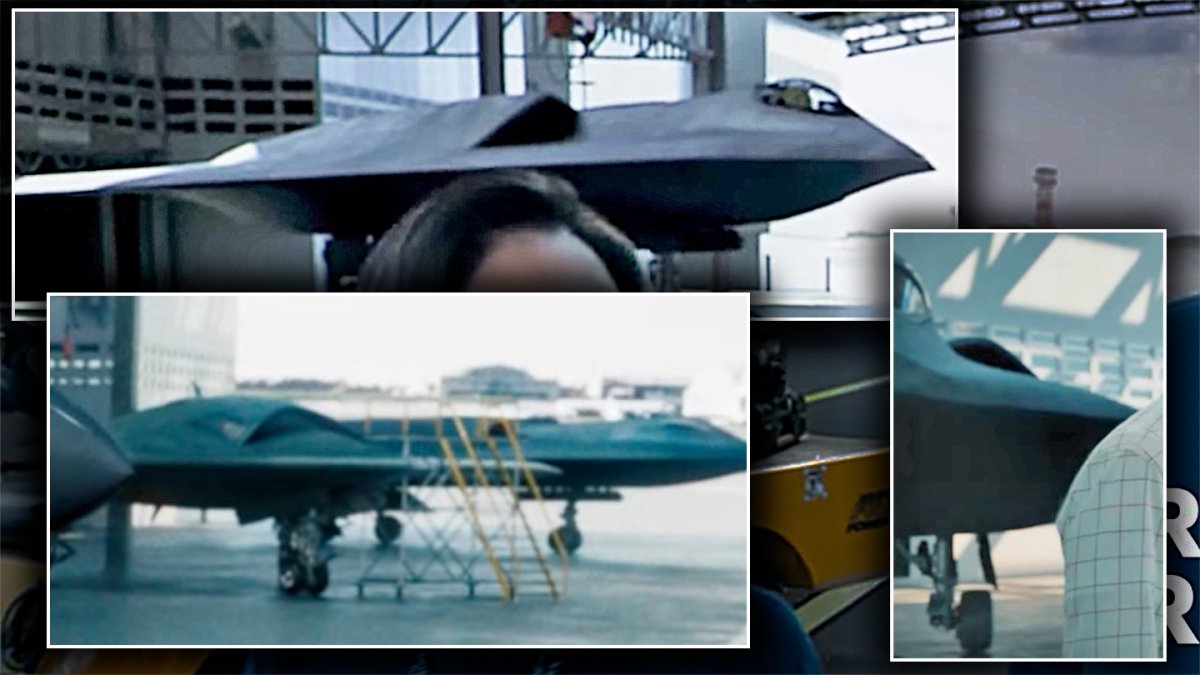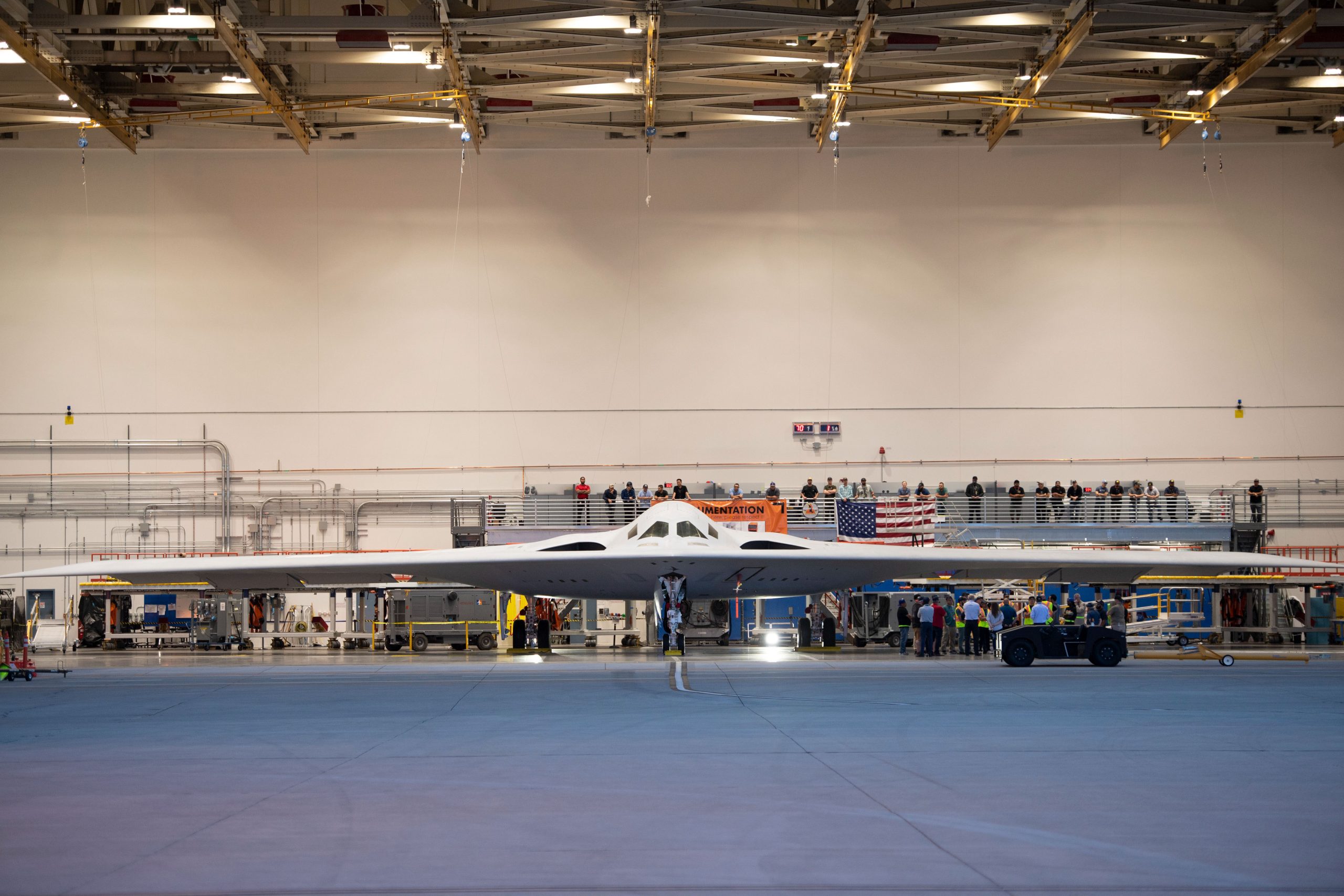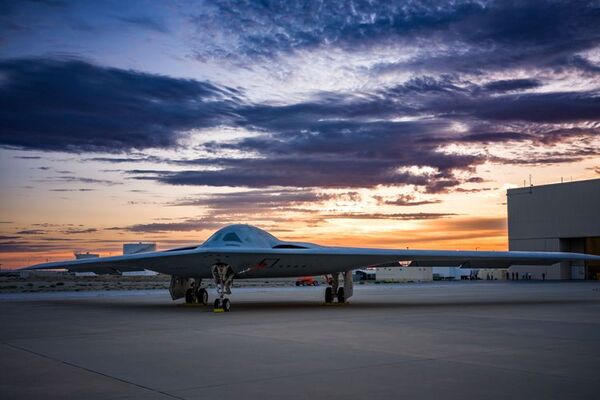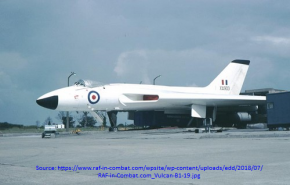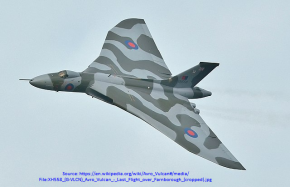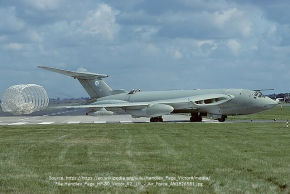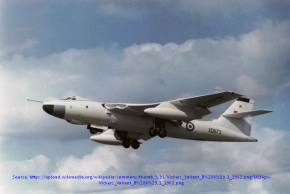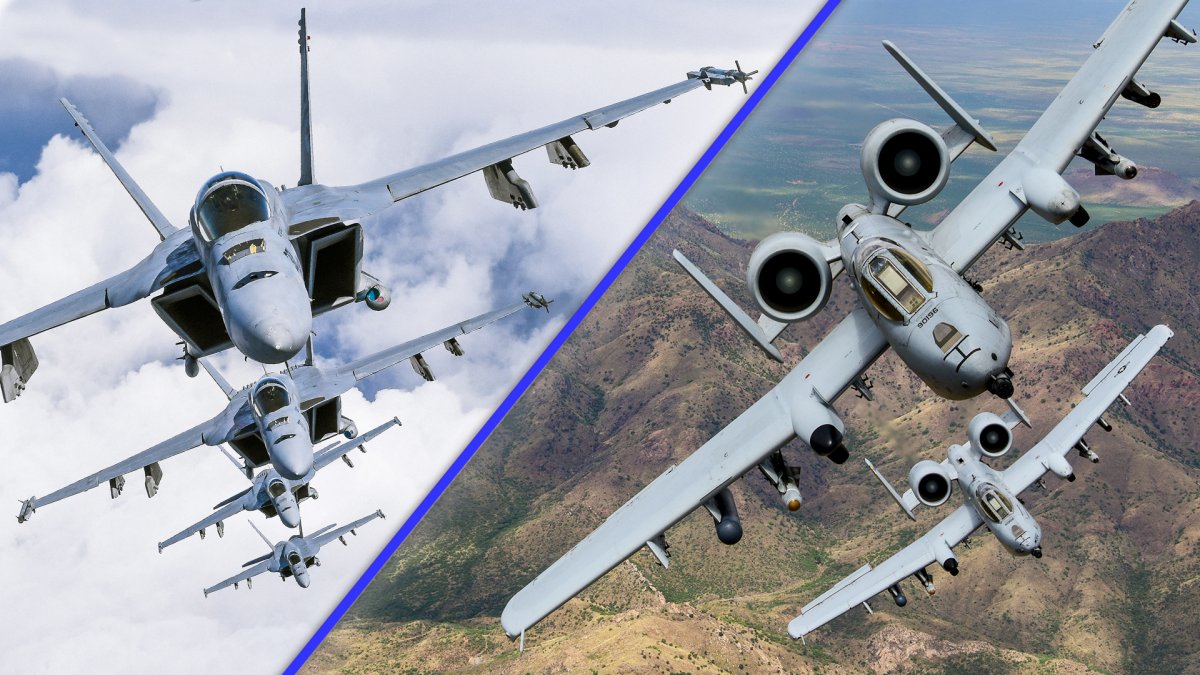Boeing screwed the pooch very, very badly there - at least twice. First time was cheating in the first competitive evaluation, KC-767 against A310 MRTT. Boeing could & should have won that fair & square if it hadn't cheated. Hiring a senior member of the evaluation team (whose daughter & daughter's fiance it had already hired after she sent in their CVs) while the evaluation was in progress (changing jobs after Boeing won, of course), & accepting details of the competing Airbus bid from her . . . doh! The USAF had to cancel the contract after that, & other stuff about the evaluation team (sorry, Boeing cheerleaders) became public.
Then it tried so hard to win the new competition, including lobbying to get the requirements slanted to the 767, that it seems to have committed itself to a suicidal deal, after which it looks as if the people at the top lost interest in fulfilment, neglecting to keep tabs on development.
Then it tried so hard to win the new competition, including lobbying to get the requirements slanted to the 767, that it seems to have committed itself to a suicidal deal, after which it looks as if the people at the top lost interest in fulfilment, neglecting to keep tabs on development.


